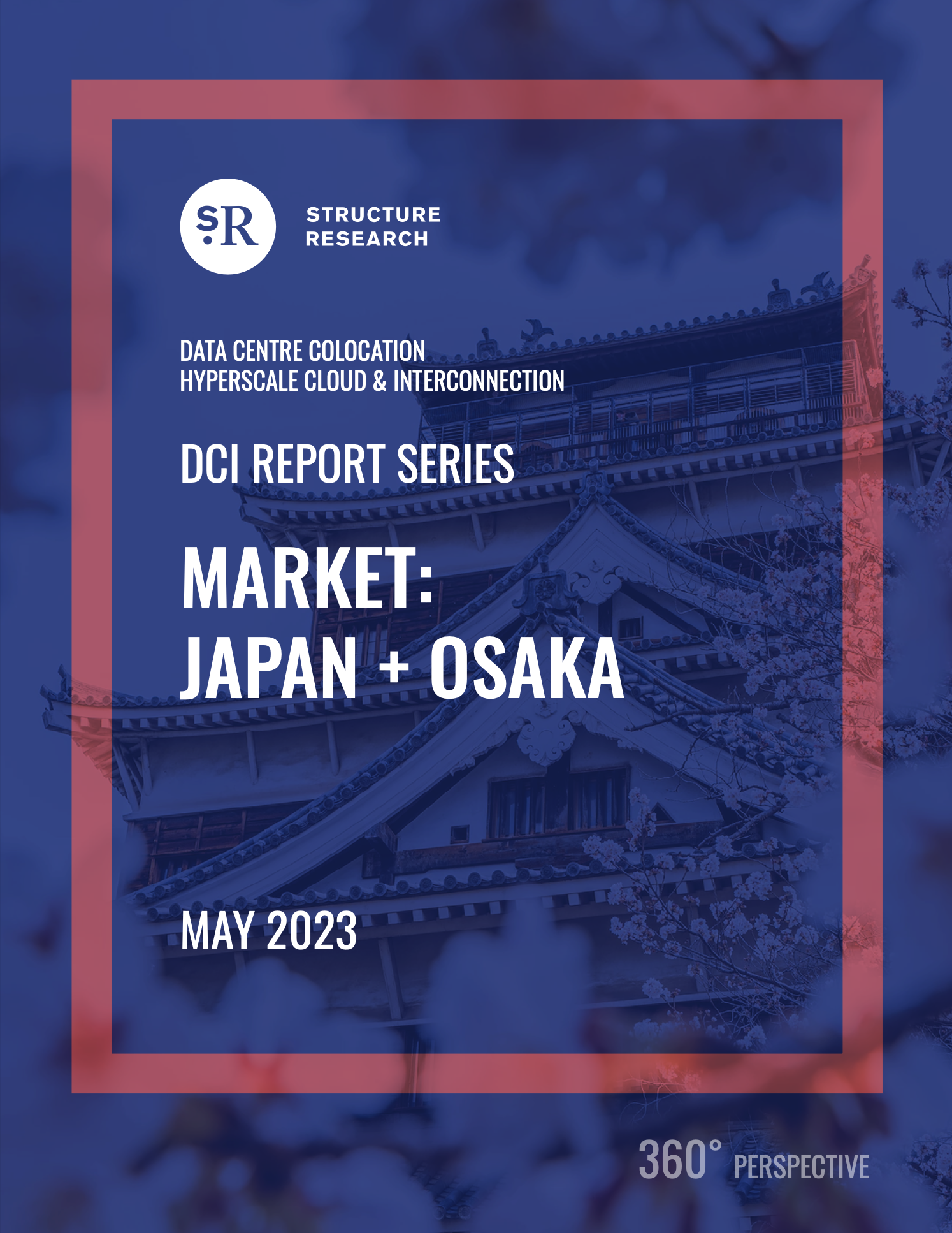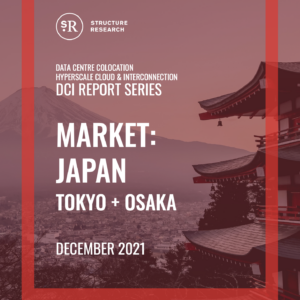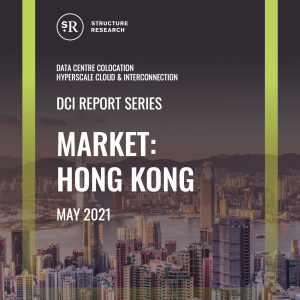Description
The Japan (Tokyo & Osaka) DCI Report is an in-depth 106-page study that measures the aggregate size and 5-year growth projections of the Tokyo & Osaka data centre colocation, hyperscale cloud and interconnection market from a revenue generation standpoint and supply/demand utilization from a space and power perspective.
This version includes detailed pricing analysis and projections for hyperscale and enterprise colocation deployments as well as vertical segmentation breakouts. Interconnection for the Tokyo & Osaka markets are covered in terms of hyperscale public cloud on ramp locations, Internet Exchange locations and Software Defined Network (SDN) fabric deployments.
There are data centre provider leaderboards that distinguish between revenue, space and power capacity in Tokyo & Osaka along with sub-regional analysis that further splits the Tokyo & Osaka markets into specific sub-regions.
Our 2023 version also includes a granular tracking of hyperscale colocation and self build data centre capacity by hyperscaler.
Read the 96-page PDF preview HERE.
Executive Summary
The Tokyo and Osaka data centre markets continue to grow and expand, with hyperscale driving the demand profile and enterprise still a source of steady demand. The Tokyo market was worth USD $2.339b in 2022 and is projected to grow 7% y/y to USD $2.491b in 2023. Osaka has shifted from a DR-oriented location to a core market and the numbers reflect this. The Osaka market was valued at USD $544m in 2022 and projected to grow 19% y/y to USD $648m in 2023. The projected five-year CAGR for Tokyo is 9.2% and for Osaka it is 12%.
Hyperscale cloud continues to be at the centre of all things related to data centres in Japan. The hyper- scale-oriented portion of the market, currently 37% in Tokyo, is expected to account for over 50% by 2026. Hyperscale colocation is expected to grow 11% y/y in 2023 and in the next three years, things will spike and grow at an even faster rate. The five-year CAGR for hyperscale colocation in Tokyo is projected to come
in at 17.5%. Osaka is seeing a similar story play out. Hyperscale will constitute half the market this year and be over 60% by 2027. Osaka’s hyperscale colocation market grew 48% y/y last year and will grow 32% y/y this year, and then settle in at a five-year CAGR of 17.5%.
The demand profile in Japan is healthy, but hyperscale platforms are not using colocation exclusively. They have decided to self-build in certain instances; and are working directly with real estate developers and either buying land, procuring powered shells or other build-to-suit scenarios. This activity is part of the data centre value chain, but can and does shift demand away from colocation operators. The overall impact has been felt, and tightened things competitively, but not stopped the market from growing. The overall pie for hyperscale data centre capacity in Japan continues to accelerate and colocation providers are still expected to capture a fair share of this demand given that hyperscalers are projected to require capacity in excess of just their self-built data centres.
On the enterprise side, demand continues to push forward. Interconnection-focused providers have had a distinct advantage as enterprise customers have migrated more workloads to cloud and mostly settled on some kind of hybrid architecture.
Japan demonstrates all of the obvious positive demographic characteristics and it is not likely a domestic cloud will be built to offset adoption of major public cloud platforms originating from the US. Enterprise adoption of cloud has been conservative in general and the push out of on-premise data centres in Japan should sustain demand for the foreseeable future. Of course, there are challenges. The most concerning are the ones around infrastructure and how that translates to build costs. There is a multi-year backlog and ongoing delays in power substation infrastructure build-outs, combined with labour shortage issues in the greater Tokyo market. This has caused a spike in construction costs and resulted in longer time frames for bringing new data centres builds online.
This report is an excellent resource for any service provider, investor or enterprise end user looking to understand and project the data centre and intercon- nection market in Tokyo and Osaka or find a service provider.
Download PDF preview
Read the PDF report preview HERE






